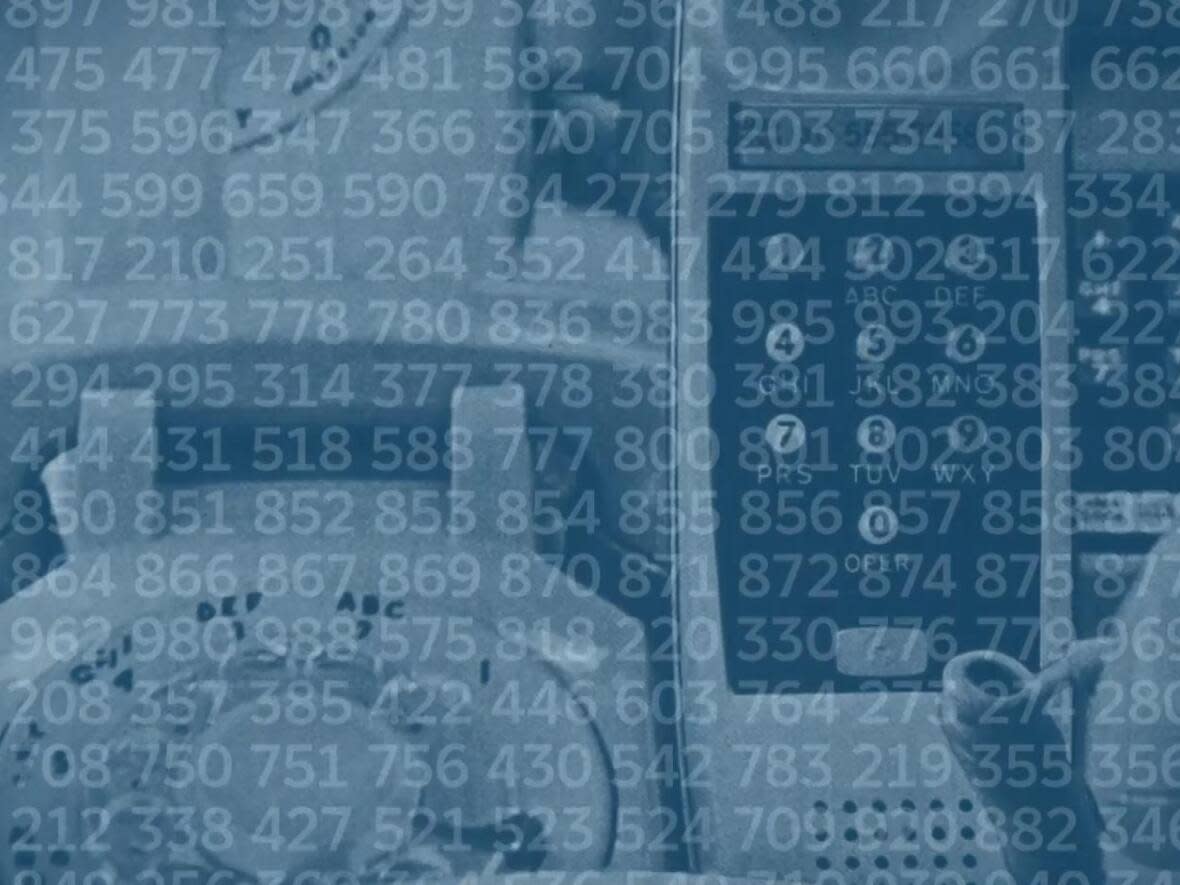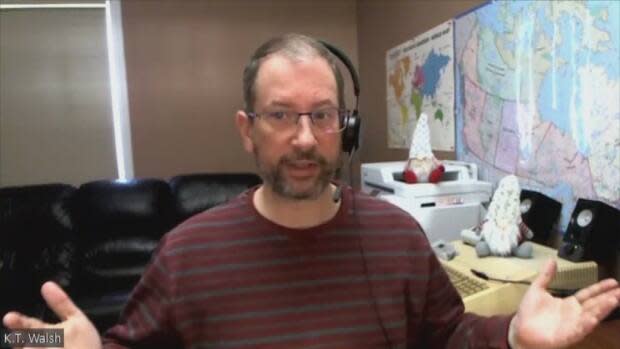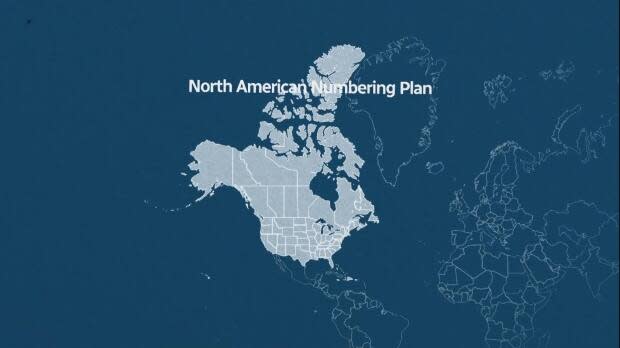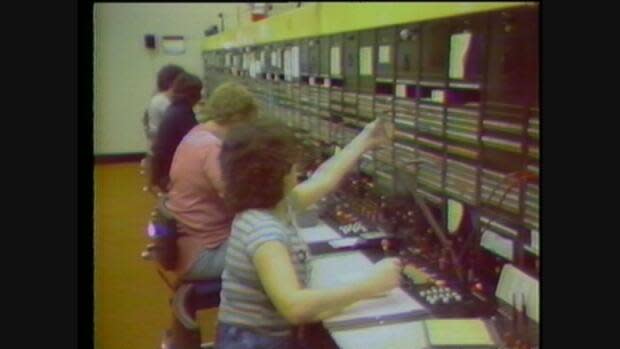Hello 428: Days numbered for New Brunswick's single area code

When you ask someone for their phone number in New Brunswick, you get a response you wouldn't hear in most other provinces: seven digits.
Peeling off storefront signs, crinkling on folded up take-out menus and being stained in the latest edition of Coffee News, the seven digit phone number is a part of the province.
But this spring, New Brunswickers are losing the ability to dial a phone number using only seven digits.
"New Brunswick, obviously, they're going to step up into modern times with pretty much the rest of Canada almost, and have to dial 10 digits now, in order to get to their local neighbour," said Kelly T. Walsh, program manager for the Canadian Numbering Administrator, which tracks and manages phone numbers in Canada.

The change to 10-digit dialling is happening as the province takes on a new area code this spring.
Area code 428 will be added to the province's phone system in April, but Walsh said 506 likely won't run out until 2024. However, 10-digit dialling will become mandatory in New Brunswick on April 15.
How new area codes are added
The Canadian Numbering Administrator is a neutral body regulated by the CRTC. It stays on top of area codes throughout the country and plans for when they'll run out of numbers.
They do this by working with telephone service providers to forecast when central office codes will be exhausted, according to Walsh. A central office code, known as a CO code, are the three digits in a phone number that come after the area code.
There are 10,000 phone numbers per central office code.
"So we ask them, every year at least, to forecast six years in advance typically, how many CO codes are you going to require in every area code complex." said Walsh.
"And we put all that together, and we roll it up to all the area codes, and we determine the exhaust states that each area code will have."
WATCH | Is the 506 ready for the 428?
The process of adding 428 to New Brunswick began back in 2015, when the numbering administrator saw an exhaust on the horizon.
At that time, a committee was created to develop a plan and pick a new number, which isn't as exciting as it sounds.
"I think what some people don't understand is we can't pick any number, we only have a very few numbers that we can pick from," Walsh said.
That's because New Brunswick is a small piece of a big puzzle that is the North American Numbering Plan.
The plan consists of 25 regions in 20 countries across North America and the Caribbean. And because of the size of the U.S. population, there aren't a ton of numbers to choose from.
"We have about 11 per cent of the geographic numbers in Canada. So we have to share all those numbers," Walsh said. And all the numbers in the continent-wide plan will also eventually expire. The current prediction is 2055, according to Walsh.

Once it's determined which numbers are available, the Canadian Numbering Administrator puts them in a spreadsheet.
"We would look at them and we would compare the neighbouring area codes around it and see the viability from a technical point of view," Walsh said.
In the early days of the plan, an area code like 428 wouldn't have been technically viable.
According to a 1956 document from the American Telegraph and Telephone Company, now AT & T, when 506 was born in the 1950s, area codes were only created with a one or zero as the middle digit. That way, switching equipment could differentiate area codes from the numbers that follow.
That explains how we got area codes like 902, 416 and 604. But today, as 428 illustrates, that's not a concern.

"I used to generally say, this is old hat, but this is not old hat at all for New Brunswick," Walsh said.
In preparation for the change, Walsh said New Brunswickers with older equipment that can dial and store phone numbers should make sure all the numbers are programmed as ten digits.
"And [people should know] that when their phone rings and they see this 428-something, that it's not necessarily a long distance number, it could be next door."


